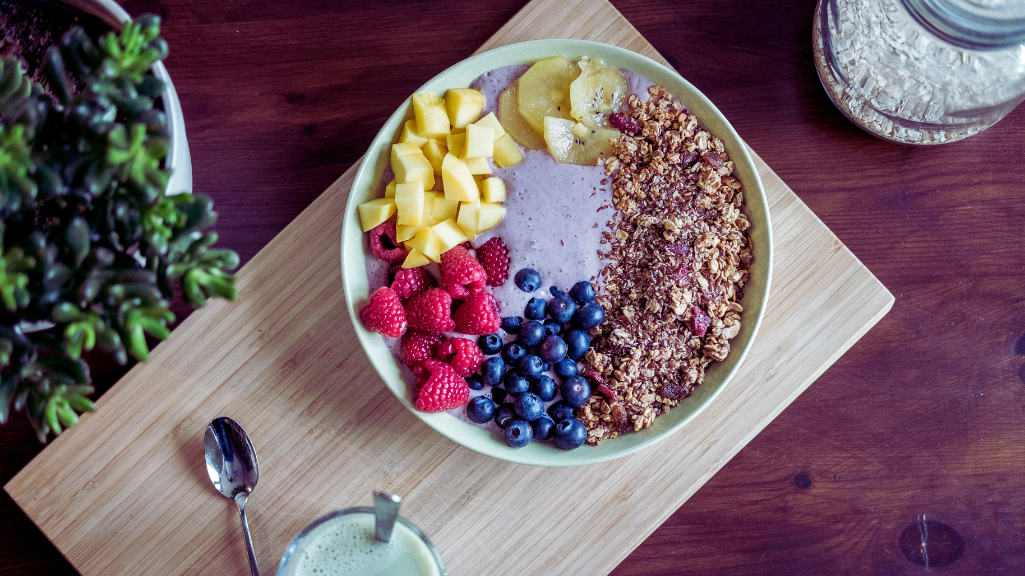My Vegetarian Journey
One of the biggest changes I made this year was switching to a vegetarian diet. At first, I thought it’d be simple—just cut out meat, right? But there’s more to it than that. I had to make sure I was still hitting my nutrition goals, especially with fitness in the mix. Here’s what I learned along the way and what you should consider if you’re thinking about making the switch.
Things to Consider Before Going Vegetarian
If you’re thinking of going vegetarian, there are a few things to keep in mind:
- Protein Sources: Without meat or seafood (I don’t eat fish either), you’ll need to find solid plant-based protein options. Think eggs, tofu, pulses, grains, tempeh, lentils, chickpeas, quinoa, Greek yogurt and cottage cheese.
- Planning is Key: It helps to plan meals ahead so you don’t fall into the trap of eating the same boring stuff or reaching for unhealthy snacks. I’ve found that meal prepping is a game-changer—whether it’s making batches of grain bowls or slow-cooker stews packed with veggies and pulses. Having something ready for dinner means I’m less likely to grab junk food at the end of the day.
- Supplements: You may need to track your intake of things like iron, vitamin B12, and omega-3s—nutrients you’d normally get from meat or fish. I make sure I’m getting these from other sources like fortified foods and supplements.
- Listen to Your Body: Pay attention to how you feel. If you’re low on energy or struggling to recover after workouts, it could mean adjusting your meals to better fit your needs.
How I Hit My Protein Goals (Without Meat or Seafood)
Getting enough protein is always a priority, especially with my fitness goals. Here’s what’s been working for me:
- Eggs: I eat about four a day—scrambled, boiled, or in a veggie-packed omelet.
- Tofu: Perfect in stir-fries or slow-cooked meals.
- Protein Shakes: Easy and quick after workouts.
- Homemade Protein Bars: I batch-make these so I’ve always got a high-protein snack handy. I keep these in the car when needed.
Keeping Meals Simple and Filling
Meal prep has been my best friend, especially with busy days. Using my slow cooker has been a lifesaver—I throw in grains, veggies, and pulses to create healthy, filling meals with minimal effort.
- Slow Cooker Meals: Think quinoa, lentils, chickpeas, tofu, and loads of vegetables.
- Snacks: My protein bars or some yogurt between meals to keep hunger at bay.
- Water Tracking: I stay on top of hydration because it makes a big difference in my energy.
Avoiding Energy Crashes
In the beginning, I wasn’t eating enough and my energy dropped hard during workouts. Now, I make sure every meal includes a good balance of carbs, protein, and fats to keep me going.
- Breakfast: Overnight oats or eggs
- Lunch: Scrambled eggs with pulses
- Dinner: Slow-cooked tofu with lentils, rice, and lots of veg
- Post-Workout: Protein shakes or one of my homemade bars to help me recover quickly.
Staying Flexible Without the Guilt
Sometimes cravings hit, I’ve learned not to stress about it—balance is more important than being perfect. If I really want something, I’ll find a plant-based version or just enjoy the occasional indulgence guilt-free.
My Final Thoughts
Switching to a vegetarian diet hasn’t just been about cutting out meat—it’s been a process of learning what works for me. I’ve figured out how to fuel my workouts, stay organized, and keep my energy up throughout the day. If you’re thinking about going vegetarian, be patient with yourself, experiment with different foods, and listen to your body—you’ll find your rhythm soon enough!
Disclaimer: If you’re considering this approach, always consult your GP or a nutritionist to ensure it’s the right fit for your health needs and goals.

